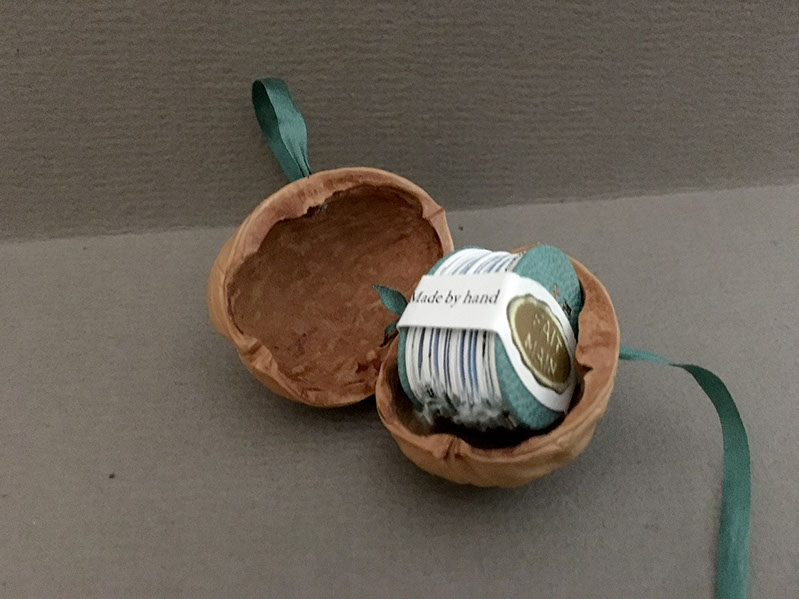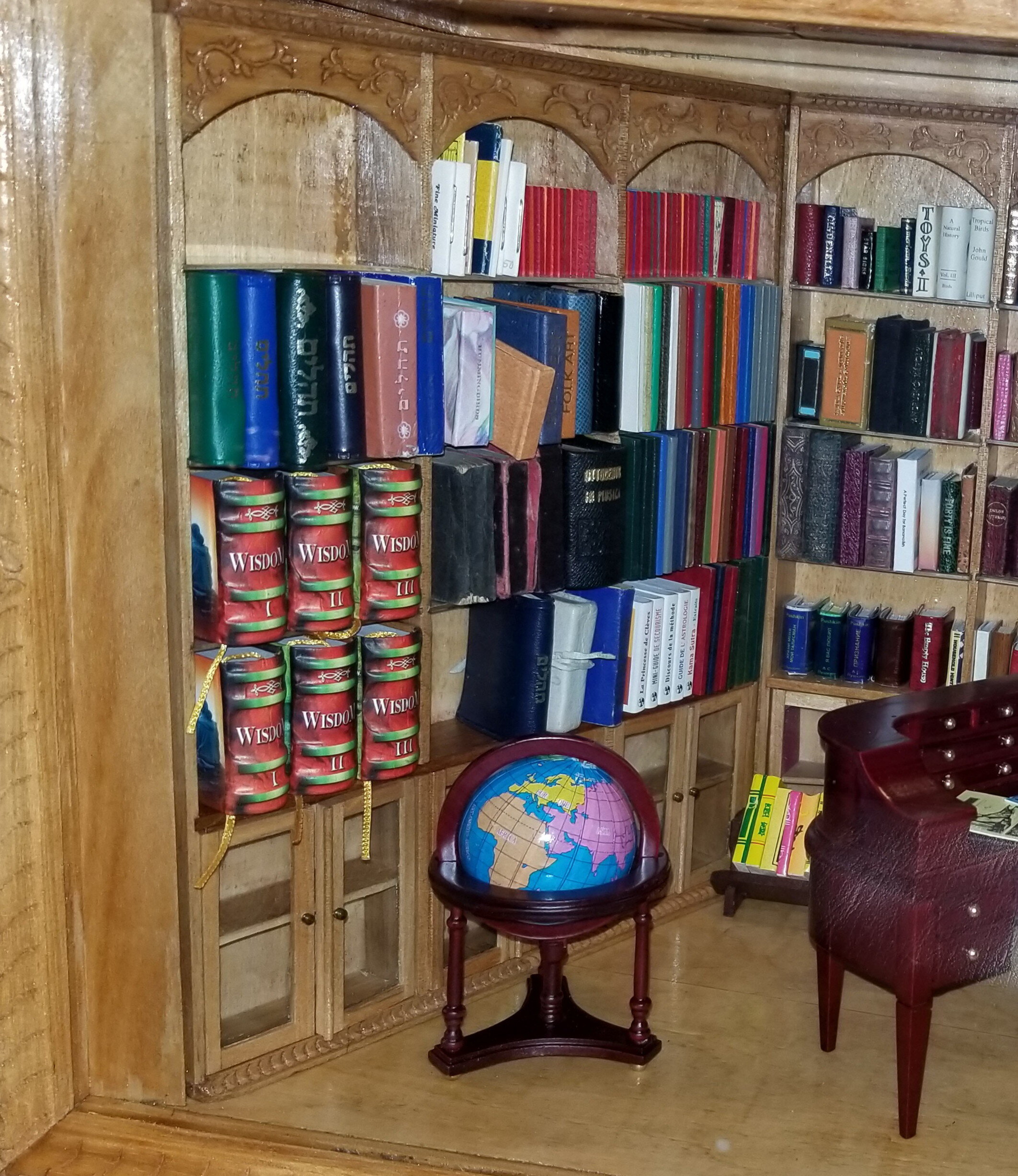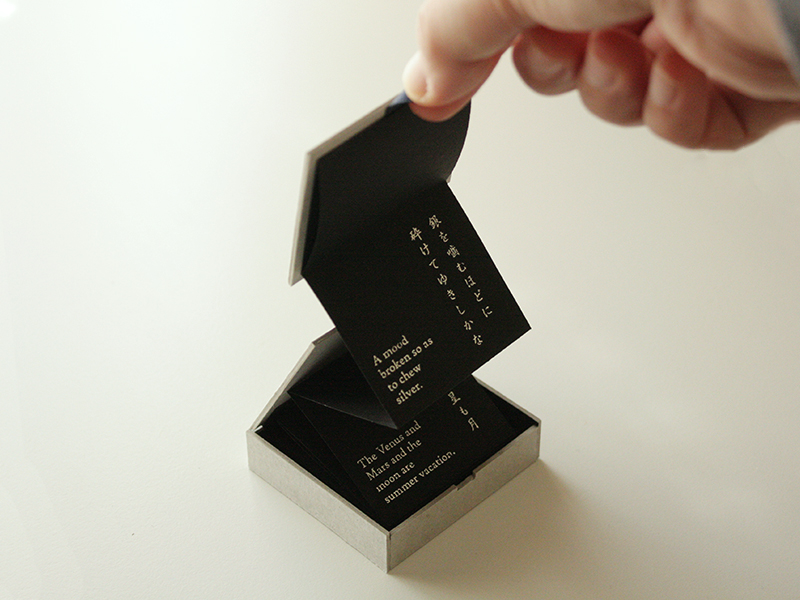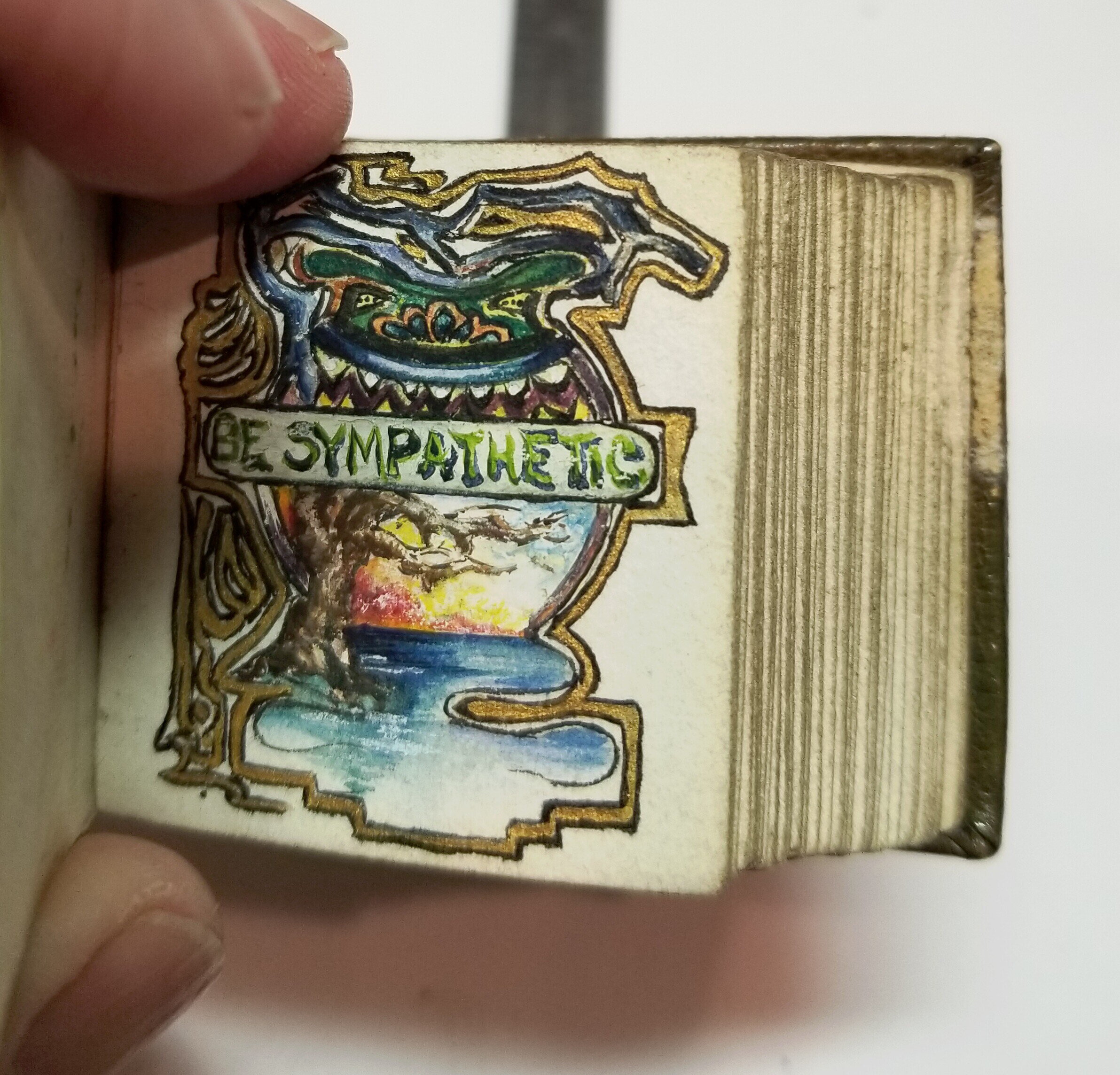Welcome to the MINIATURE BOOK SOCIETY.
What Is A Miniature Book?
In the United States, a miniature book is usually considered to be one which is no more than three inches in height, width, or thickness. Some aficionados collect slightly larger books while others specialize in even smaller sizes. Outside of the United States, books up to four inches are often considered miniature.
The miniature book has a long and exceptional history, but why? That answer will vary with every collector, bookmaker and tiny tome affiliate you ask. Some consider Sumerian clay tablets, with cuneiform writing, dated to as early as 2500 BC to be the first miniature books. Others say they originated in the Middle Ages.
It’s said that the earliest miniature books were produced primarily for convenience; large proclamations transcribed into miniature for ease of storage; miniature bibles for monks to carry tucked in their pockets; miniature books of etiquette for young Victorian ladies to discreetly reference for proper conduct. Queen Mary made them very popular when, in 1922, 200 miniature books were produced for display in the library of her miniature doll house.
The reason for collecting miniature books is rarely to read them, although with magnification, you could. Some forms of miniature books require exceptional skill in all aspects of book production. Craft miniature books need only satisfy the maker. Whether its the amazing workmanship or its delicately threaded page signatures, there is an undeniable feeling of enchantment that comes when you hold a miniature book.
The Miniature Book Society (MBS)
Need to connect with Bookmakers, Booksellers, Printers or others in the book world, look here.
For information about our annual members meeting, the MBS Grand Conclave, look here.
Have a question or would like more information about the Miniature Book Society, look here.
For new or established bookmakers, publishers… enter our Miniature Book Competition. Look here.
For students of the book arts seeking Financial Assistance Grants, look here.




